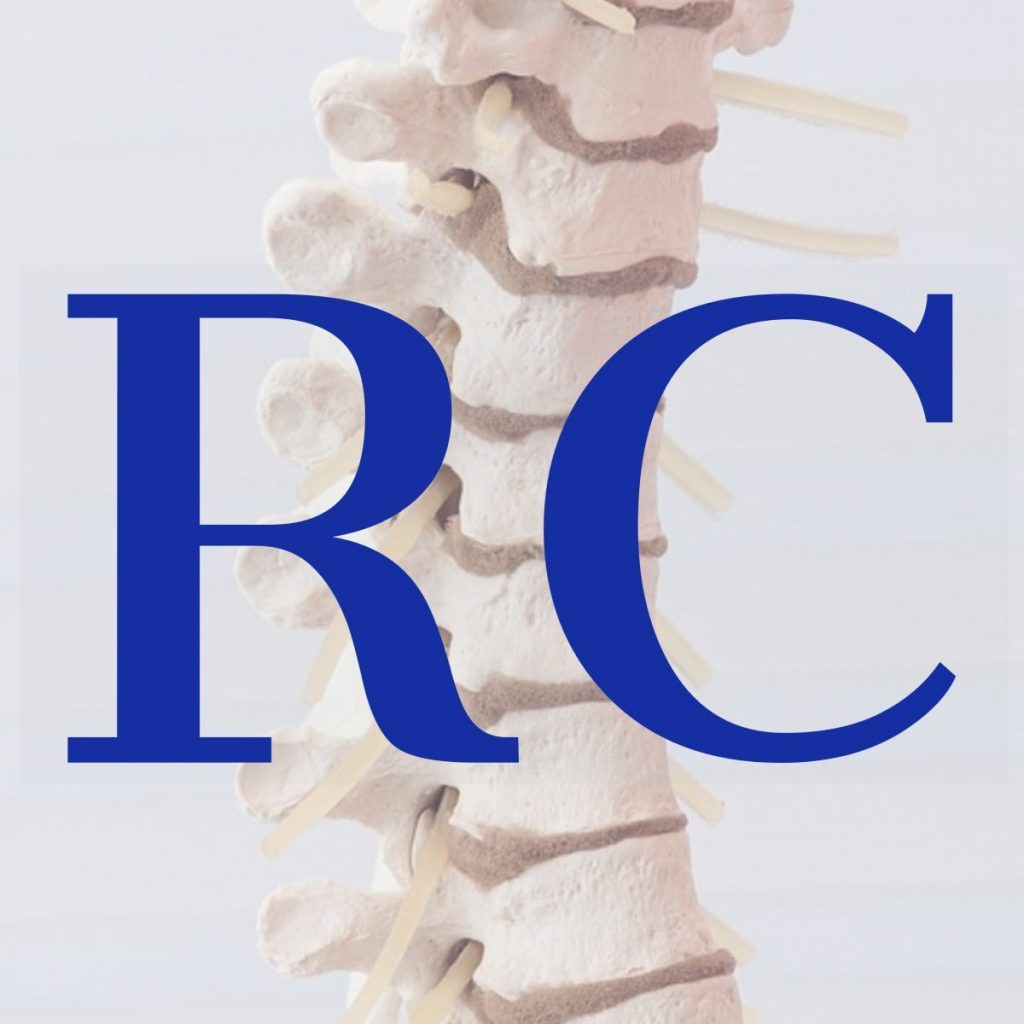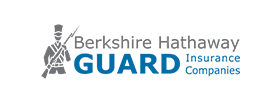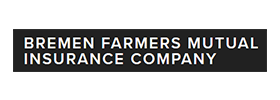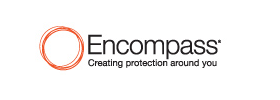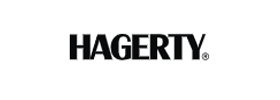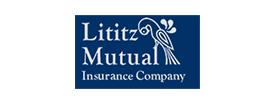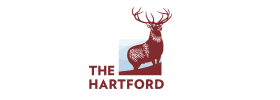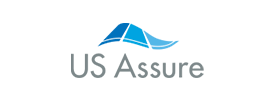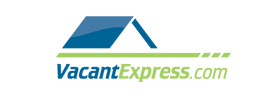Bundling policies to reap the benefits of great savings is an often talked-about, but seldom often acted-on means to enhance both the convenience and accessibility of your insurance documents and your savings potential. As both a responsible homeowner and a vehicle owner, you understand the importance of safeguarding your assets and loved ones. But did you know that bundling your insurance policies can offer you more than just peace of mind? In this article, we’ll delve into the advantages of combining your home and auto insurance coverage, particularly tailored to the unique needs of Kansas residents. From potential cost savings to simplified management, we’ve got you covered!
*Note: Not all insurance policies qualify for “bundle and save” discounts, and the exact discount percentage will vary from carrier to carrier. Keep that in mind when purchasing policies through the same carrier, and don’t hesitate to reach out to an agent to ask about savings opportunities!
Why Do Insurance Companies Reward “Bundling?”
What is the point of rewarding return customers, anyway? Well, there’s a good reason why insurance companies offer discounts for policyholders who choose to “double up” with them.
Enhanced Risk Assessment
By offering combined coverage for home and auto insurance, insurers create a win-win scenario for both themselves and policyholders. One of the primary drivers behind this practice is risk mitigation. When a policyholder bundles multiple insurance policies with the same company, it reduces the overall risk exposure for the insurer. This is because they have a more comprehensive view of the customer’s profile, enabling them to better assess and manage potential risks.
Increased Customer Retention
Also, bundled policies can help increase customer retention. Consolidating insurance coverage makes the process more convenient for the customer, allowing them to access, pay, and file claims easier. This streamlined experience fosters loyalty and reduces the likelihood of customers seeking coverage elsewhere. Insurance companies recognize this and, in return for customer loyalty, offer various discounts and incentives, making bundling an attractive proposition.
Reduced Administrative Costs
From a financial perspective, bundling can also lower administrative costs for insurance companies. Managing a single account requires less administrative overhead than managing multiple individual policies. This cost efficiency is reflected in the form of discounts and reduced premiums offered to policyholders who opt for bundled coverage. In essence, insurance companies reward bundling as it aligns with their operational efficiencies, risk management strategies, and customer retention goals.
The Benefits of Bundling Auto and Home Insurance as a Policyholder
In our busy day-to-day lives, with so much on the go, wouldn’t it be better to have just one aspect of your life as streamlined and as easy as possible? Bundling your home and auto makes, at the very least, that part of your home and car ownership duties so much easier.
Here are three key benefits to bundling auto and home insurance as a policyholder.
Cost Savings
One of the most appealing advantages of bundling auto and home insurance is the potential for significant cost savings. Insurance companies often provide policyholders with discounts when they choose to bundle their coverage. These discounts can translate into lower overall premiums compared to purchasing separate policies. This financial relief can be especially beneficial in states like Kansas, where homeowners and drivers alike face potential risks such as severe weather events and accidents. By bundling, policyholders can secure comprehensive coverage while enjoying valuable financial savings.
Simplified Management
Managing insurance policies can become overwhelming, especially when dealing with different providers, renewal dates, and policy details. Bundling simplifies this process by consolidating everything under one roof. Policyholders have a single point of contact for inquiries, claims, and payments, streamlining their administrative tasks. This convenience not only saves time but also reduces the likelihood of missing important updates or payments. With the demands of modern life, having one less thing to worry about can bring peace of mind to homeowners and drivers alike.
Enhanced Coverage and Flexibility
Bundling auto and home insurance doesn’t just lead to savings—it can also result in enhanced coverage options. Insurance companies often offer additional benefits and perks for bundled policies, such as increased liability limits, extended coverage for valuables, or coverage for rental cars in case of accidents. Moreover, policyholders may have more flexibility to customize their coverage to match their specific needs. This tailored approach ensures that both their homes and vehicles are well-protected against potential risks, giving them greater confidence in their insurance coverage.
Note, however, that not every insurance company will offer these benefits to return customers. It helps to check, though! Give your agent or direct provider a call to ask about bundling rewards.
How to Start Bundling Your Home and Auto Insurance
Choosing to bundle your home and auto insurance is a straightforward and rewarding process. To begin, reach out to either your agent here at AHI Group or your provider directly and request quotes for bundled coverage. They will guide you through the information they need, such as details about your home, vehicles, and any additional coverage preferences. Don’t hesitate to ask questions to ensure you fully understand the coverage you’re getting and the potential discounts available.
Once you’ve gathered quotes, take the time to compare the coverage, costs, and benefits offered by different providers. This step is crucial in making an informed decision that aligns with your protection needs and budget. Remember, bundling isn’t just about financial savings—it’s about securing comprehensive coverage that addresses your specific circumstances. AHI Group is happy to help you find the right company for both your home and auto insurance needs, and wants to help you along on your journey to enjoying the advantages of bundled home and auto insurance.









